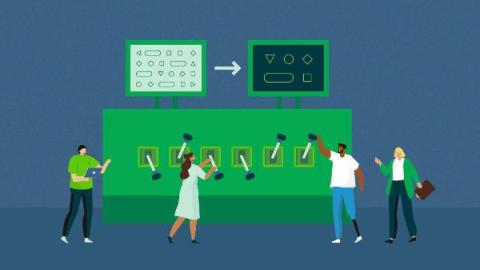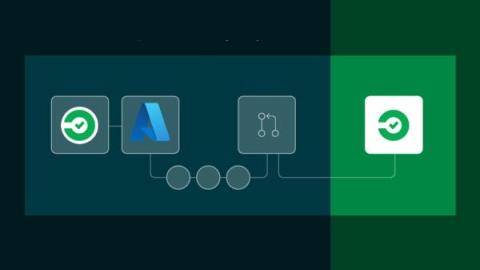Operations | Monitoring | ITSM | DevOps | Cloud
Latest Posts
What is iteration?
Build and test LLM applications with AIConfig and CircleCI
The testing pyramid: Strategic software testing for Agile teams
LLM hallucinations: How to detect and prevent them with CI
What is microservices architecture?
Test-driven development (TDD) explained
Prompt engineering: A guide to improving LLM performance
Prompt engineering is the practice of crafting input queries or instructions to elicit more accurate and desirable outputs from large language models (LLMs). It is a crucial skill for working with artificial intelligence (AI) applications, helping developers achieve better results from language models. Prompt engineering involves strategically shaping input prompts, exploring the nuances of language, and experimenting with diverse prompts to fine-tune model output and address potential biases.
Testing a PyTorch machine learning model with pytest and CircleCI
PyTorch is an open-source machine learning (ML) framework that accelerates the path from research prototyping to production deployment. You can work with PyTorch using regular Python without delving into the underlying native C++ code. It contains a full toolkit for building production-worthy ML applications, including layers for deep neural networks, activation functions and optimizers. It also has associated libraries for computer vision and natural language processing.
Using OpenID Connect (OIDC) for Azure access
CircleCI jobs can use OpenID Connect (OIDC) identity tokens to securely access cloud providers without having to store a static credential in CircleCI. This article describes how to access Azure resources using OpenID Connect (OIDC).











